More than 800million animals have been killed by bushfires in New South Wales alone – and that figure is expected to climb.
The University of Sydney Science Professor Chris Dickman initially estimated 480million wildlife died in the fires that have ravaged NSW.
But he has now revised that figure to almost double after taking into account mammal, bird and reptile density in the 5.2million hectares of land which have burned across the state.
Professor Dickman said it was ‘a very sad time’ for the native species of Australia, 244 of which can’t be found anywhere else in the world.
More than 800 million animals have been killed by bushfires in New South Wales with more deaths expected if the fires continue at their current rate. Pictured: A wildlife rescuer whisking a koala away from danger +5
More than 800 million animals have been killed by bushfires in New South Wales with more deaths expected if the fires continue at their current rate. Pictured: A wildlife rescuer whisking a koala away from danger
Professor Chris Dickman said it is ‘a very sad time’ for the native species of Australia, many of which can be found nowhere else in the world. Pictured: Firefighters combat a blaze in outer Sydney +5
Professor Chris Dickman said it is ‘a very sad time’ for the native species of Australia, many of which can be found nowhere else in the world. Pictured: Firefighters combat a blaze in outer Sydney
‘I think there’s nothing quite to compare with the devastation that’s going on over such a large area so quickly,’ he told US radio station KOSU.
‘It’s a monstrous event in terms of geography and the number of individual animals affected.’
The animal death toll for NSW includes animals directly killed by the fires, from loss of food and shelter or from opportunistic predators like feral cats and foxes.
Affected mammals include iconic native species like kangaroos, koalas and wombats and lesser known fauna such as the spotted-tail quoll.
Also included in the estimate were birds and reptiles while insects, bats and frogs were not taken into account.
Affected mammals include iconic native species like kangaroos, koalas and wombats and lesser known fauna such as the spotted-tail quoll. Pictured: A kangaroo carcass on Kangaroo Island +5
Affected mammals include iconic native species like kangaroos, koalas and wombats and lesser known fauna such as the spotted-tail quoll. Pictured: A kangaroo carcass on Kangaroo Island
It is not known how many animals have died in bushfires in Victoria, Queensland, Western Australia, South Australia and Tasmania.
However, WWF-Australia now estimates that more than one billion animals have been killed by bushfires nationally.
Professor Dickman said Australia has ‘the world’s highest rate of extinction for mammals’.
‘It’s events like this that may well hasten the extinction process for a range of other species. So, it’s a very sad time,’ he said.
Professor Dickman said the bushfires were caused by climate change and warned that the effects could be seen in other parts of the world in coming years. Pictured: Dead cattle on Kangaroo Island +5
Professor Dickman said the bushfires were caused by climate change and warned that the effects could be seen in other parts of the world in coming years. Pictured: Dead cattle on Kangaroo Island
Professor Dickman argued the bushfires were caused by climate change and warned that the effects could be seen in other parts of the world in coming years.
‘What we’re seeing are the effects of climate change. Sometimes, it’s said that Australia is the canary in the coal mine with the effects of climate change being seen here most severely and earliest,’ he said.
‘We’re probably looking at what climate change may look like for other parts of the world in the first stages in Australia at the moment.’

